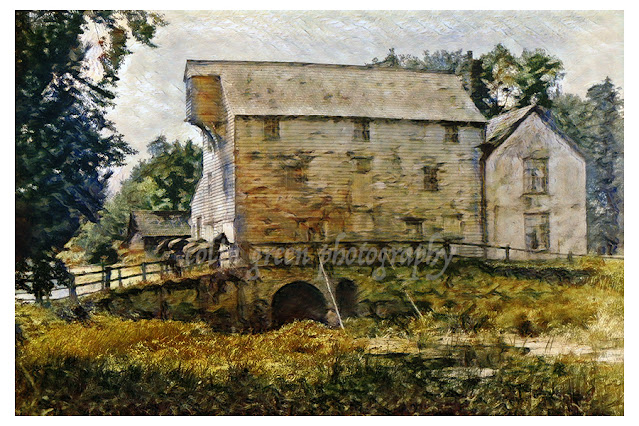In the heart of Northern England, winding through valleys and past old mill towns, lies the Rochdale Canal. More than just a waterway, it's a testament to the region's industrial heritage, a ribbon of water that once powered the economy and has since been reborn as a haven for walkers and nature lovers. Completed in 1804, this historic canal once served as a vital trade route, connecting the bustling hubs of Sowerby Bridge and Manchester.
For a time, the canal fell into disuse and disrepair, officially closing in 1952. Sections became overgrown, and some were even filled in, a quiet echo of the end of an era. But thanks to a dedicated restoration effort, the canal was fully reopened in 2002, giving new life to this historic corridor.
Inspired by this story of rebirth, I took a walk along a particularly scenic stretch of the canal in November 2013, trekking approximately 1.5 miles from Walsden to Todmorden. The photos, taken on a Samsung Galaxy Tablet, capture the essence of a tranquil autumn day on the towpath.
A Walk Through Autumn
The journey revealed a landscape painted in the golden hues of autumn. The canal waters, a deep, reflective blue, mirrored the clear sky and the scattered clouds. Along the banks, fallen leaves created a vibrant carpet of gold and red, rustling underfoot.
The walk passes a number of fascinating landmarks. Pinnel Lock 26 and Smithyholm Lock 25 are working relics of the canal's past, their weathered stone and wooden gates standing strong against the flow of time. Further along, the towering Gauholme Railway Viaduct looms over the canal, a striking black-and-white image that shows the intersection of two different transport histories.
The path also winds through the charming village of Walsden, where the spire of St. Peter's Church rises elegantly above the trees and rooftops, a quiet sentinel watching over the canal. The walk ends as you approach Todmorden, with the canal curving past old mill buildings, their red brick and stone a warm contrast to the green and gold of the surrounding hills.
Along the way, I stumbled upon a curious, carved stone chair, a unique piece of art that invites walkers to pause and reflect on the journey. This simple seat embodies the spirit of the canal today: a place of peace, reflection, and quiet beauty.
Clicking any of the images below should open a link in another window to my Colin Green Photography store on Zazzle.
Gauxholme Viaduct
Pinnel Lock
Smithyholm Lock
Walsden from the canal, St Peter's Church seen in the distance.
This stone chair was near Gauxholme Locks, no idea if it is still there.
Please take a moment to share this post, follow me on social media, and explore my work on Clickasnap and Photo4Me using the links below. Your support means a lot!
All the images remain the copyright of Colin Green.




























































